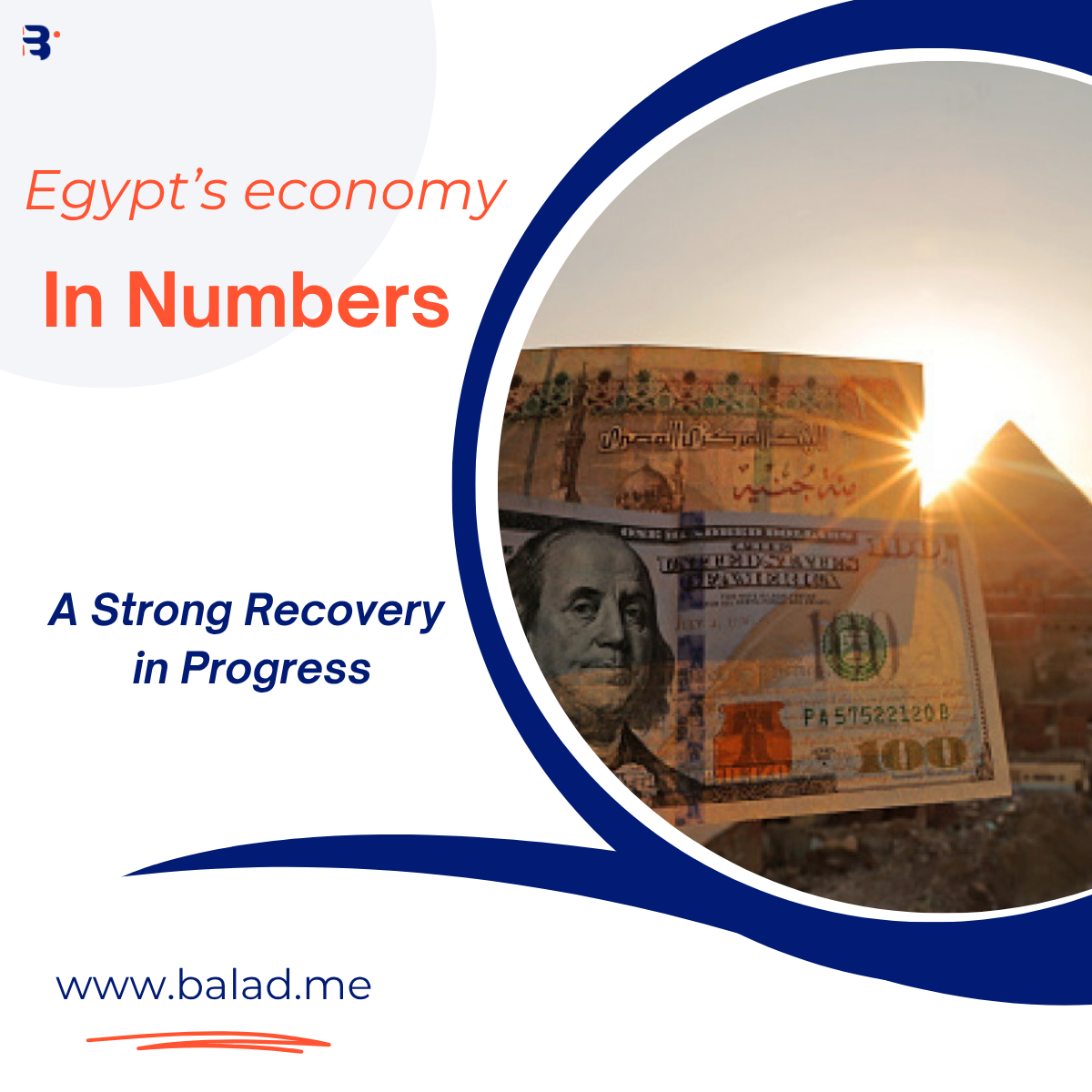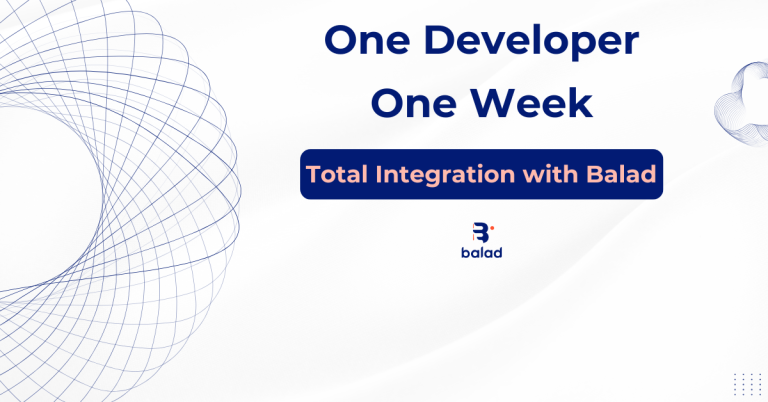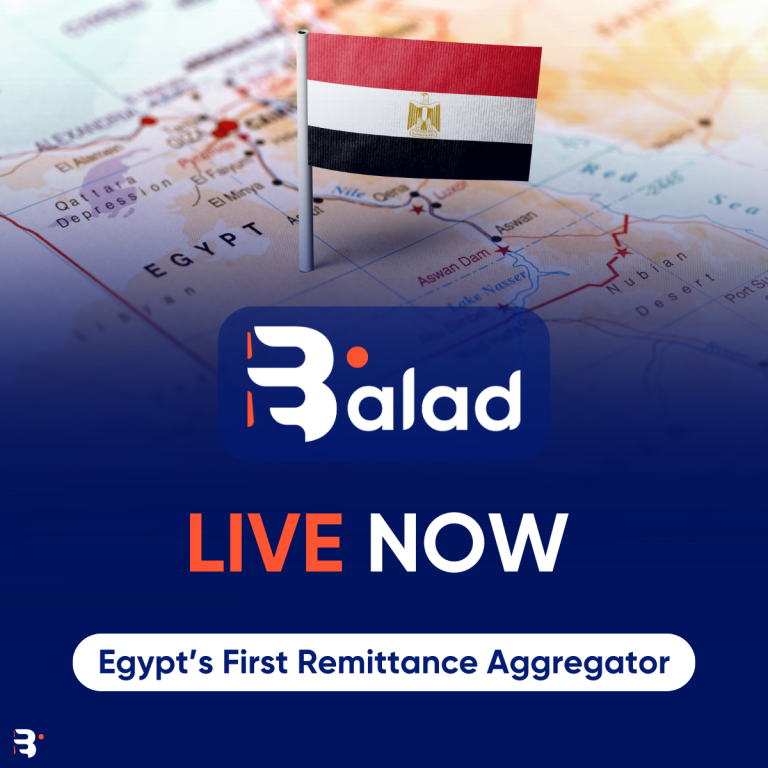Egypt, renowned for its ancient heritage, is now crafting a promising economic revival. As of early May 2025, the country stands firmly in the midst of a robust recovery, buoyed by strategic reforms, key financial metrics, and transformative initiatives. With rising GDP, surging remittances, stabilizing currency trends, and increasing investment inflows, Egypt is forging a resilient and optimistic economic path. This article explores the latest economic indicators and outlines the nation’s continued progress.
GDP Growth: Steady Momentum Toward Prosperity
Egypt’s Gross Domestic Product (GDP) is showing strong signs of recovery. By May 2025, GDP growth is tracking toward 4.0% for the current fiscal year — a significant improvement from 2.4% in 2023/24. This resurgence is supported by the easing of austerity measures and revitalization in key sectors such as energy, construction, and technology.
Looking ahead, Egypt is positioned for sustained growth, with forecasts of 4.7% in 2025/26 and 5.3% by 2026/27. Key drivers include:
- Suez Canal revenues consistently generating over $10 billion annually.
- Infrastructure mega-projects, like the New Administrative Capital, attracting substantial domestic and foreign investment.
- Renewed investor confidence following the March 2024 floating of the Egyptian Pound, which improved price transparency and reduced black-market activity.
- Public-private partnerships (PPPs) in healthcare, energy, and transportation, promoting innovation and efficiency.
Together, these indicators reflect Egypt’s evolving role as a strategic hub for regional trade and investment.
Remittance Inflows: A Vital Economic Pillar
Remittances from Egyptians abroad remain a cornerstone of the national economy. As of May 2025, recent data shows a remarkable 45.3% increase in remittance inflows during the first ten months of 2024, reaching $23.7 billion. Updated projections suggest 2025 totals could exceed $33 billion, nearing record highs.
This surge is driven by:
- The adoption of a flexible exchange rate regime in March 2024, which enhanced market credibility.
- The growth of digital remittance platforms, like Balad, offering secure, affordable, and efficient cross-border services.
These remittances are not only supporting household incomes but also reinforcing Egypt’s foreign reserves and economic stability.
Egyptian Pound (EGP): Stability on the Horizon
After a turbulent period of depreciation, the Egyptian Pound has begun to stabilize. As of the end of April 2025, the exchange rate settled around 50.7 EGP per USD, aligning with official forecasts.
While earlier volatility raised import costs, it also improved the global competitiveness of Egyptian exports. The Central Bank of Egypt (CBE) continues to support this recovery through:
- Expanding foreign currency liquidity.
- Supporting export-led industries.
- Encouraging foreign direct investment through deregulation and financial incentives.
These strategies are central to Egypt’s drive for a balanced, sustainable financial ecosystem.
Investment and FDI: A Growing Confidence in Egypt
Foreign direct investment (FDI) continues to gain momentum, with projected growth of 8–10% in 2025. Key developments include:
- A $5 billion investment pledge from Saudi Arabia, highlighting strong regional ties.
- Expansion of renewable energy initiatives, including wind farms in the Gulf of Suez and solar power plants in Aswan.
- Growth of technology and innovation hubs, positioning Egypt as a regional leader in digital transformation.
These investments are fueling job creation, supporting GDP growth, and enhancing Egypt’s global competitiveness.
API-Driven Financial Innovation
The rise of API-powered financial platforms is transforming Egypt’s cross-border financial ecosystem. With remittances and trade flows at the center of economic activity, platforms like Balad are revolutionizing how money moves.
Key advantages include:
- Real-time transfers, ensuring fast access to funds.
- Full transparency and tracking for every transaction.
- Enhanced security via advanced encryption technologies.
This digital shift is aligned with Egypt’s broader goals of financial inclusion and modernization, particularly for citizens abroad.
Inflation and Monetary Policy: A Focused Approach
After peaking near 40% in 2023, inflation in Egypt is steadily easing. By the end of the 2024/25 fiscal year, inflation is expected to fall to 16%, marking a substantial improvement.
This turnaround is being guided by:
- A stabilized EGP backed by sound monetary policy.
- Strengthening foreign reserves through investment and remittances.
- Strategic supply chain interventions in key sectors like food and energy.
The Central Bank’s disciplined approach reflects Egypt’s broader commitment to macroeconomic stability and long-term reform.
Conclusion: Egypt’s Economic Reawakening
Egypt enters mid-2025 with renewed confidence. Supported by rising remittances, strategic investment, a stabilized currency, and accelerating growth, the country is reclaiming its economic momentum. As it builds modern infrastructure and embraces digital finance, Egypt is not just recovering — it’s reinventing its future.







